Mind you, there’s still much work to be done. While most celebrities championing the cause by making a statement out of wearing fashion pieces or items that are traditionally meant for the opposite gender—be it on the cover of a magazine or on the red carpet—are often met with praise, some of the average folks aren’t so lucky. It’s a step, however. Take away the intimidation of what’s in trend or “rules” in fashion, and you’ll find that fashion, at its core, is all about expressing one’s identity, likes and values. It’s wearable art. Depending on the occasion or the time of day, what you’re choosing to wear is a concrete and visible extension of your personality. It’s why the phrase “that’s so you!” is understood instantly when it’s in response to a particular fit. But back in the day, it wasn’t so simple—or in a way it was. It was reduced down to a way of solidifying one’s biological sex. Men wear pants. Women wear skirts/dresses. Guys wear blue, girls get pink.
But if you go way, way back in history, you’ll find a certain irony. The ancient Greeks, Romans and Egyptians all used a skirt or dress (aka the toga, the tunic and the scientific), regardless if they were men or women. Back then, clothes were interchangeable between genders and there wasn’t an explicit distinction like today in most parts of the fashion industry. Clothes first existed as a means of survival—they weren’t gendered but became so with time. To put it simply, the gendering of clothes was a social construct!

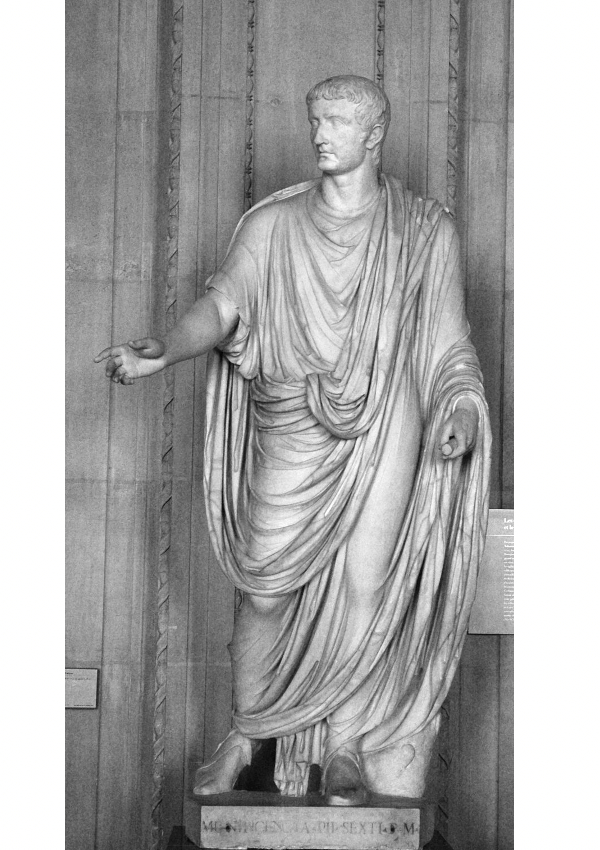

Here’s another interesting fact. In the 15th century, according to National Geographic, Persian male soldiers wore heels to battle. Better yet, it was considered fashionable and desirable amongst aristocratic European men as it asserted their power and wealth. But as all trends do, it eventually died out… until its return in the 18th century. The exception was that heels were now reserved for women only. Funnily enough, the reason behind it was for women to achieve a more masculine look by appearing taller. Just goes to show how fluid clothing can be and why there’s no reason to allocate them based on genders.
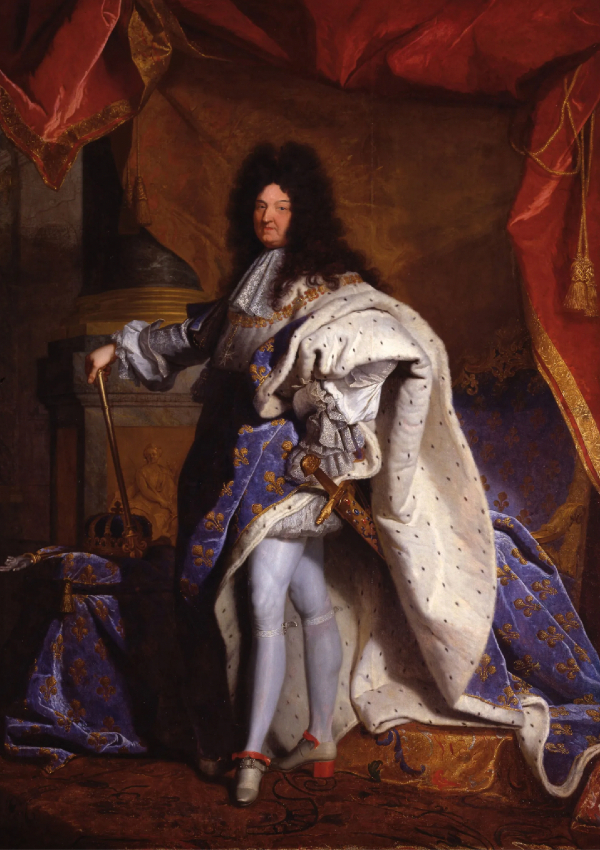
Heels aside, trousers were once considered rebellious and illegal if spotted on a woman. This was up till the 1960s. We’ve talked about it before, but here’s a true story to back that up. In 1966, against most societal norms, Yves Saint Laurent debuted the first-ever suit that was designed for a woman. The tuxedo-esque Le Smoking Suit sent waves across the fashion industry and caused quite a reaction among the public too. A New York Times critic, at the time, reviewed the collection as “lumpy”, “outdated” and essentially try-hard. But there were women who stood by it.
One evening, American socialite Nan Kempner wore the Le Smoking Suit to the La Côte Basque restaurant in New York, and was denied entry for “inappropriate attire”. She made a statement by taking off her trousers and wearing only the blazer as a mini dress. Then, there was Bianca Jagger who famously wore a white version of the Le Smoking Suit when she married Mick Jagger in 1971.
Needless to say, it catapulted a domino effect, allowing trousers to become a norm and for clothes to become increasingly less gender-exclusive. Icons like Grace Jones is a known name in the fashion realm as she accelerated these ideas with, at the time, her daring and controversial outfits that included suits, blazers and trousers. Four decades later and she’s still celebrated as a symbol of androgynous fashion. Thanks to the ladies in the past like Nan, Bianca and Grace, we see celebrities of today like Gigi Hadid rocking suits on the red carpet and even as everyday wear, showing us just how far we’ve come.
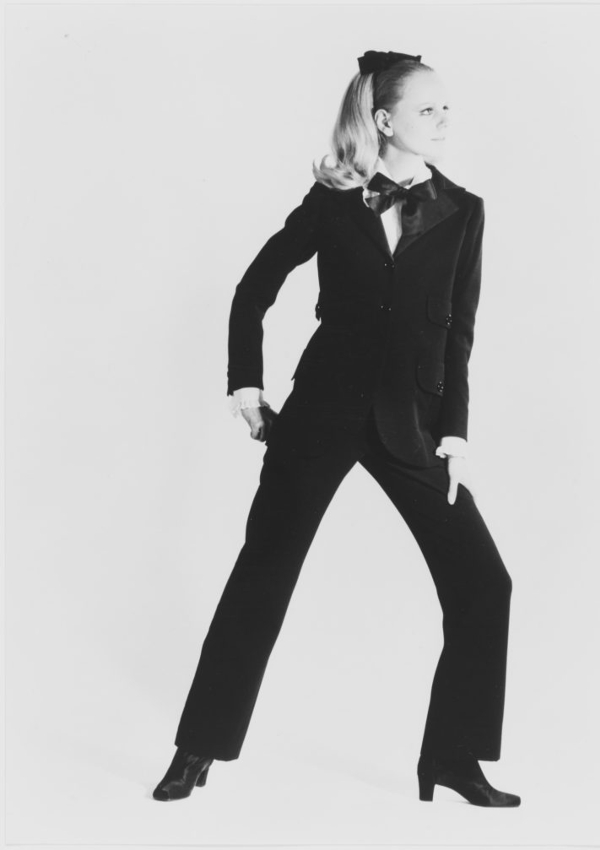
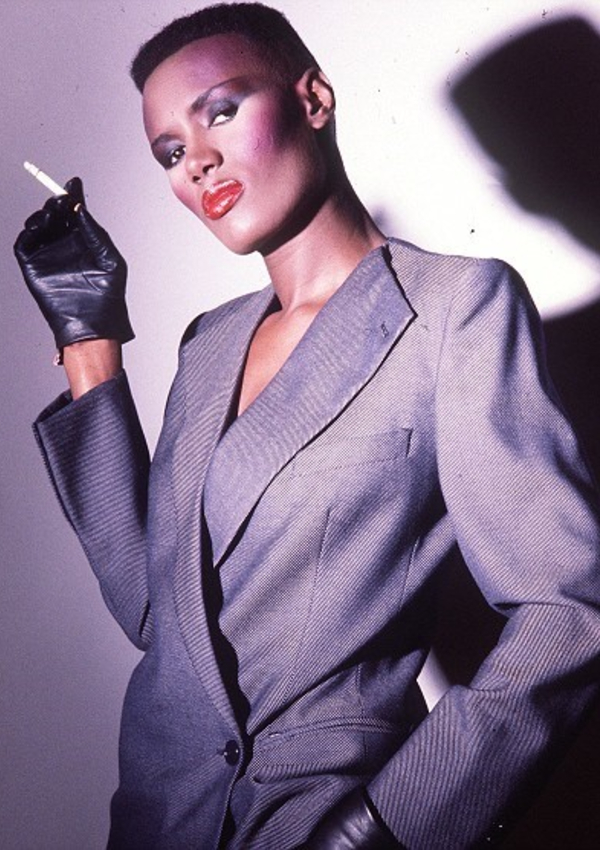
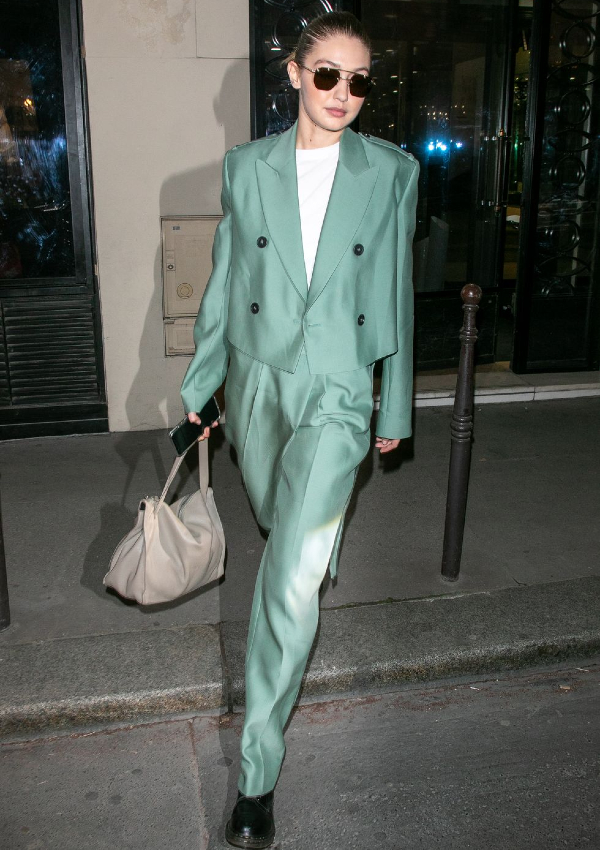
Between the 1960s and the 1990s, celebrity culture and the media were incredibly influential in defying gender norms when it came to fashion. Freddie Mercury charmed the crown with his various eccentric on-stage costumes. David Bowie confidently showed up in head-turning red carpet and casual androgynous wear. Prince had his own boundary-breaking style, making him an icon. Kurt Cobain don dresses with no hesitation. And of course, the well-loved Julia Roberts and Winona Ryder both opted to wear suits to the red carpet events in the 90s. Wearing a skirt on the red carpet when you’re a guy like Jaden Smith, or popping on a suit when you’re a woman like Cara Delevingne may seem like no big deal now, but at that time, they were considered defiant and even deemed crazy by some. These are only some of the fashion moments we can now look back on as pivotal events that remind us of the very simple and long-lived fact: clothes are inherently gender-fluid, once you unearth them from social norms and expectations.
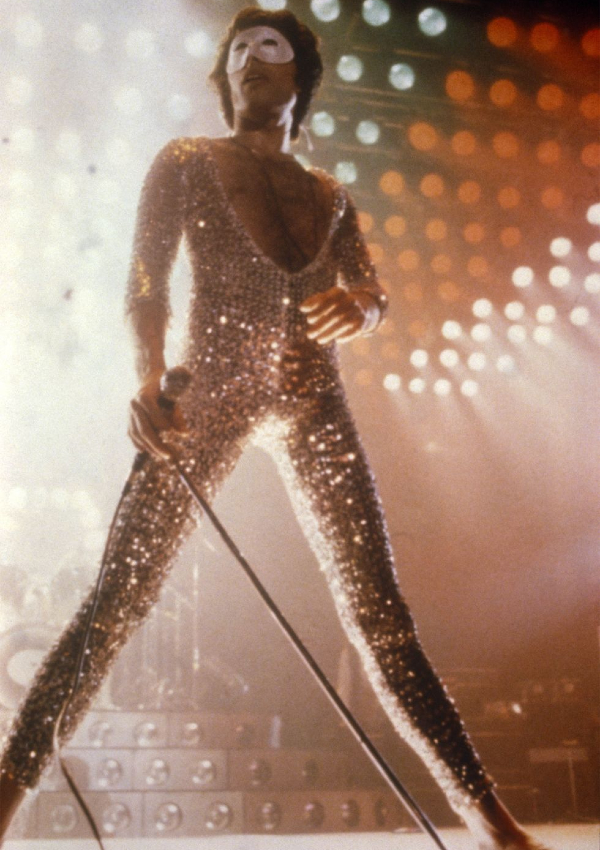
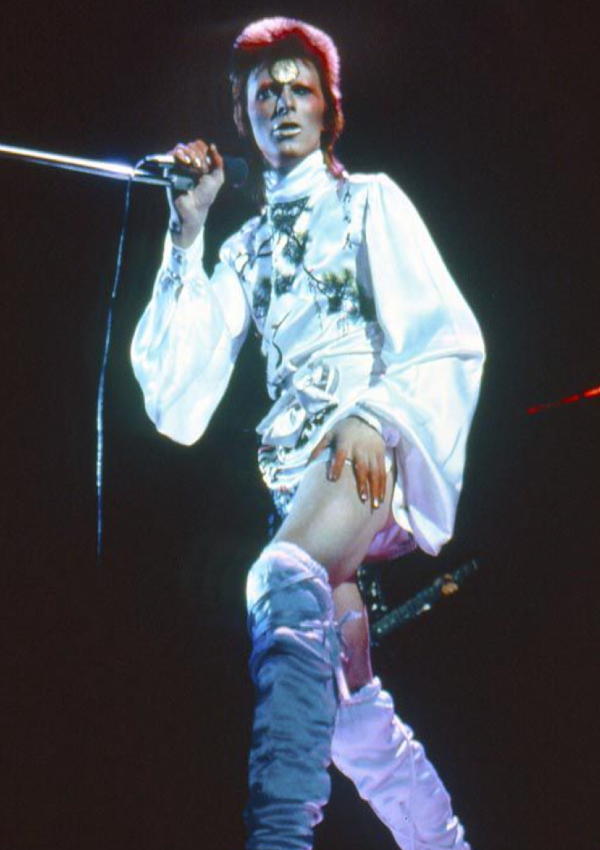
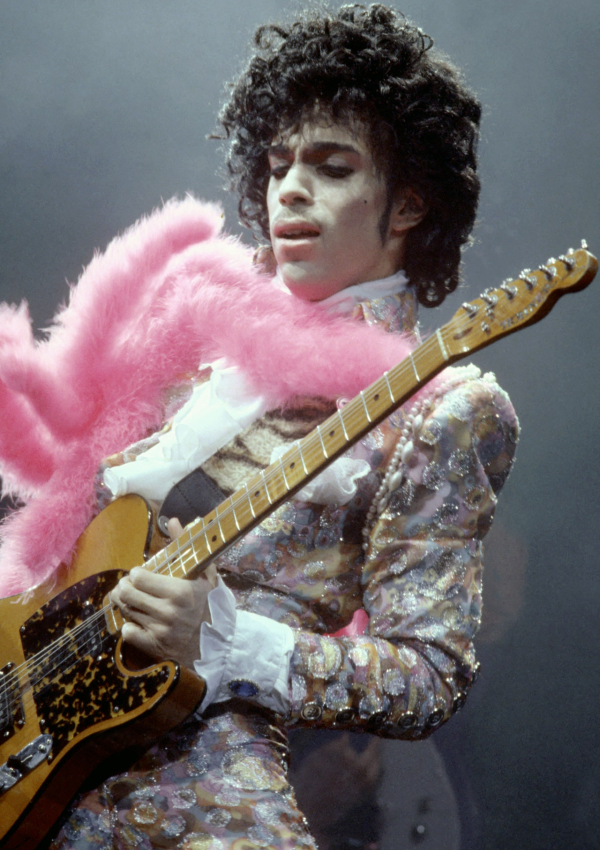


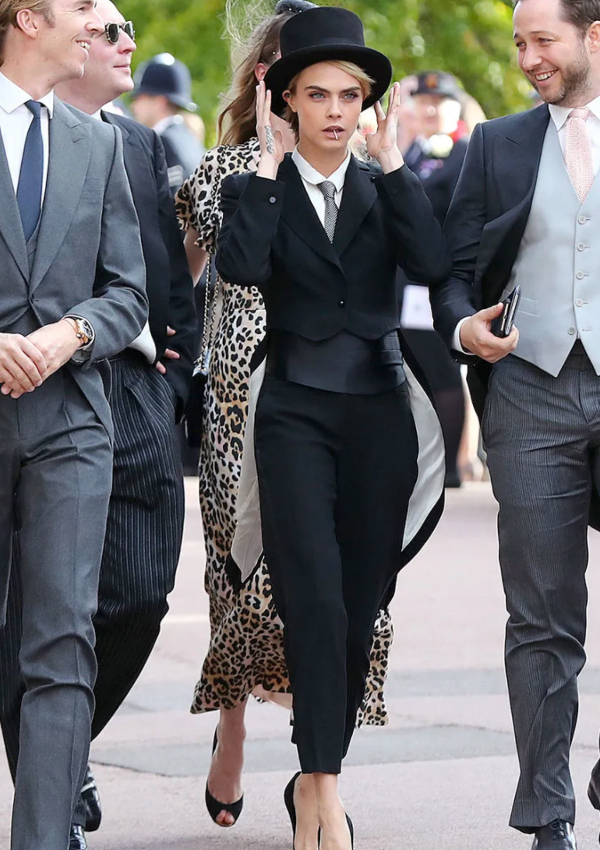
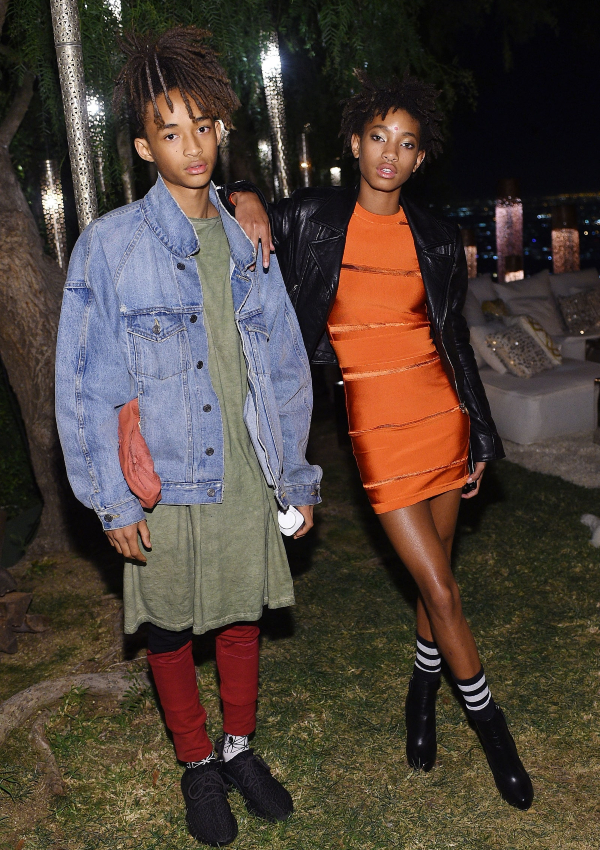
Today, brands like Gucci promote ideas of gender-fluid fashion, and celebrities such as Jared Leto, Harry Styles, Billie Eilish and Billy Porter (with his iconic dress at the 2019 Oscars) constantly challenge the norm. All these acts are integral in reminding us what the essence of fashion really is: self-expression. Of course, not forgetting, the everyday folks who deserve just as much credit. Case in point: the teachers in Spain who wore skirts in support of their student who got wrongfully bullied for dressing in “inappropriate attire”—a boy in a skirt.
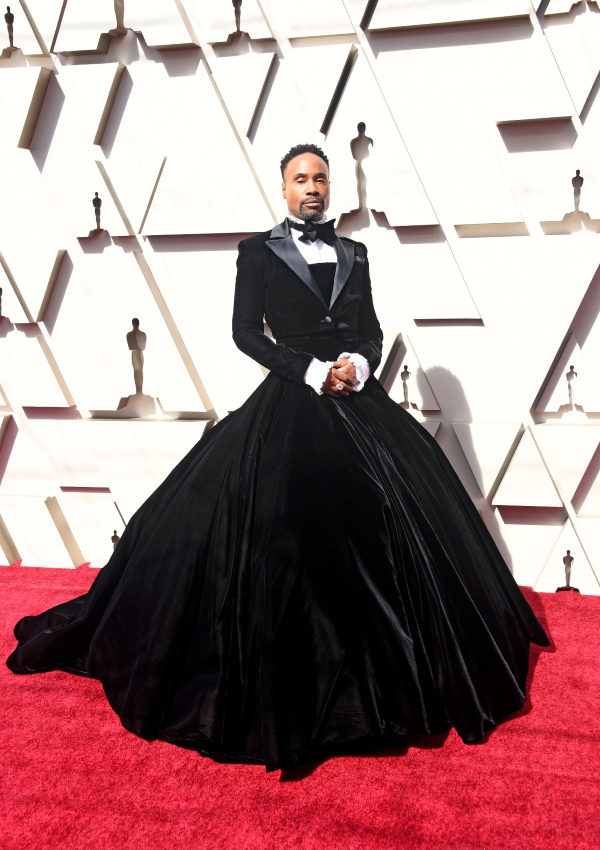
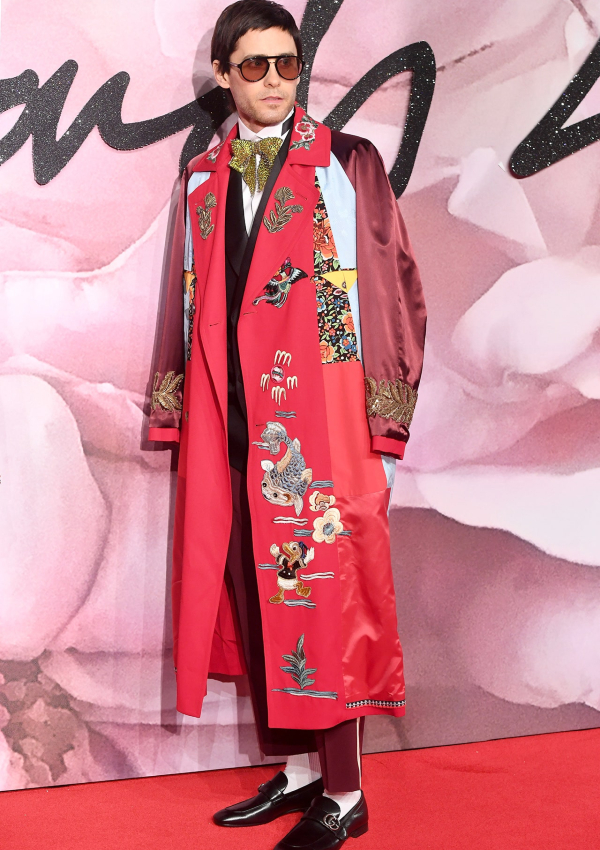
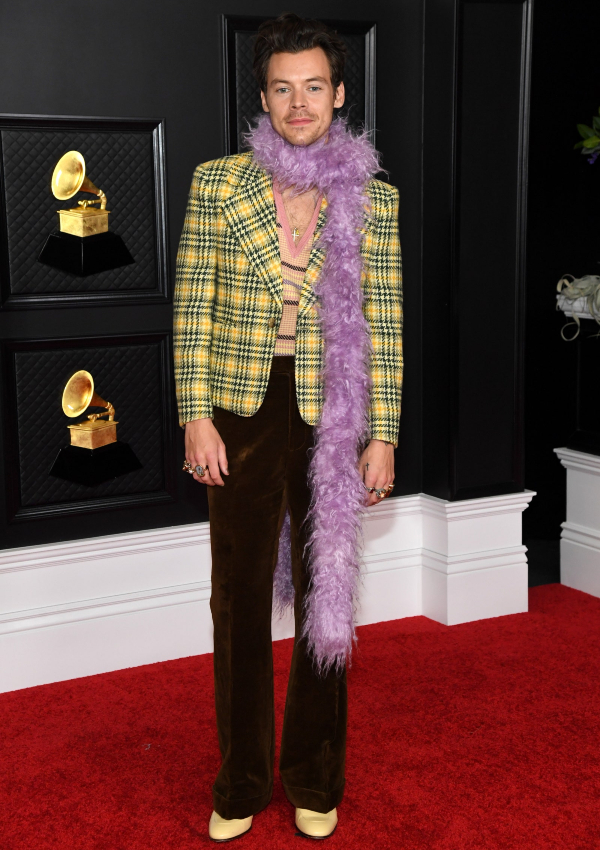
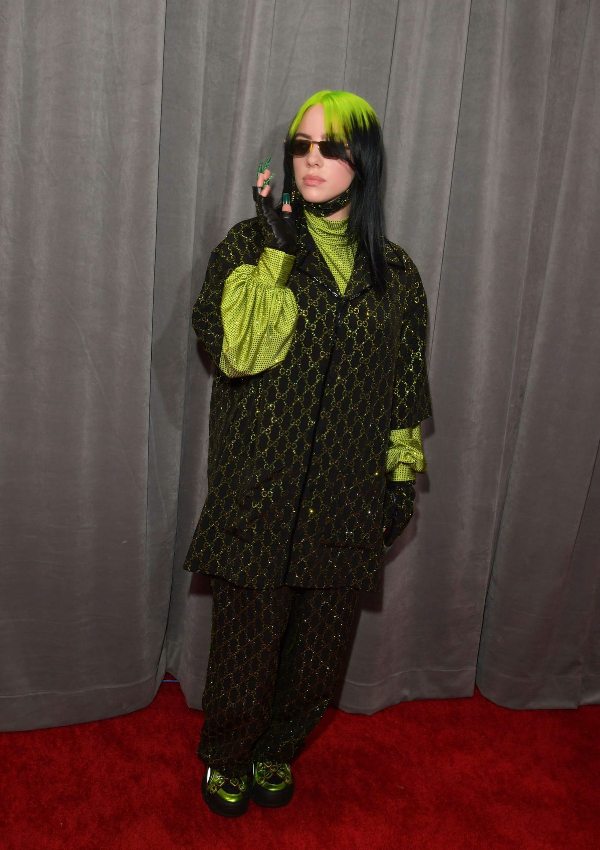
So let’s give our hats off to those who break away, challenge and defy the socially constructed gender-fashion norms. To conclude this little history lesson: gender-fluid fashion has always existed. Wear what makes you happy. Wear whatever you like. Wear it like your heart on your sleeve.
| SHARE THE STORY | |
| Explore More |




